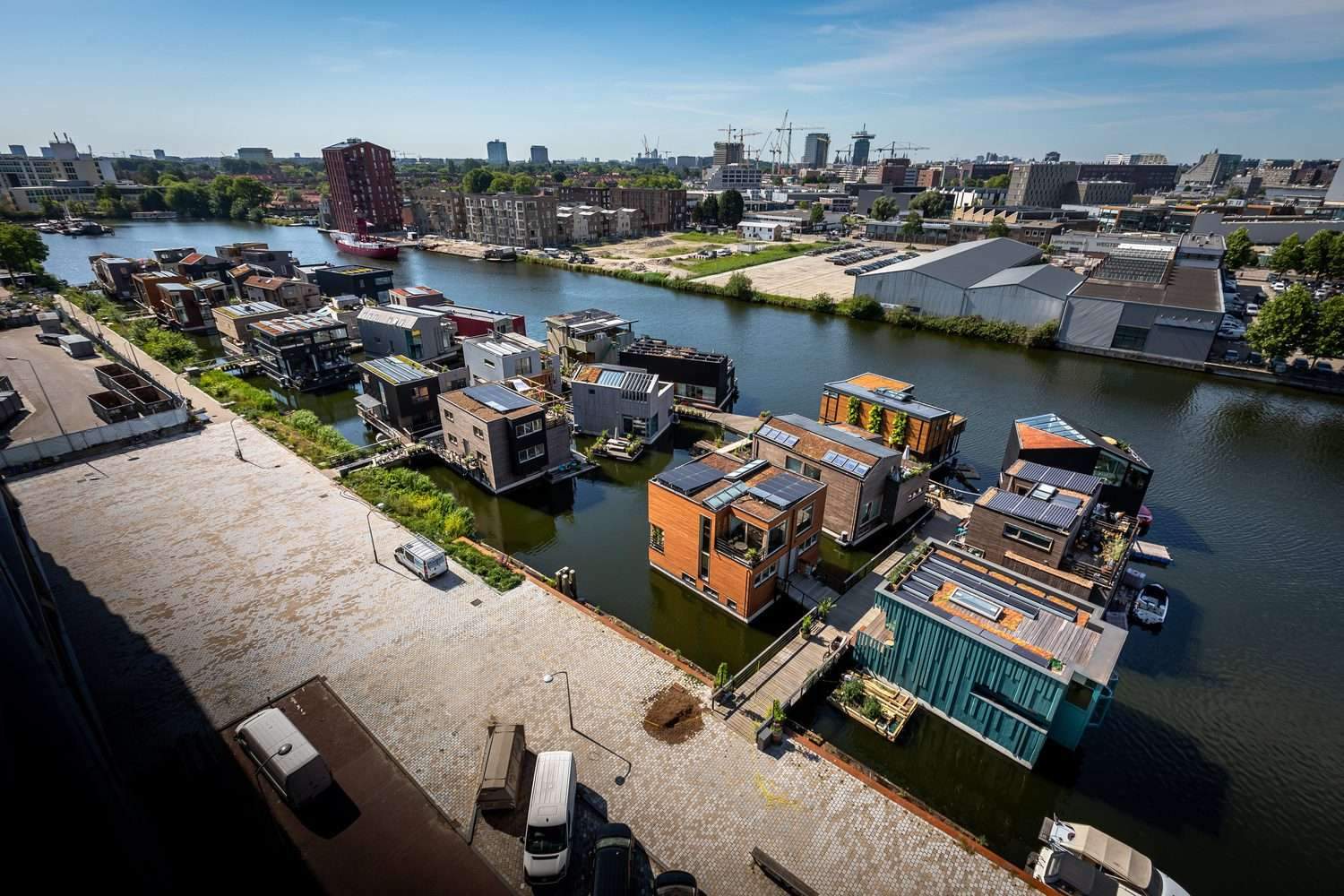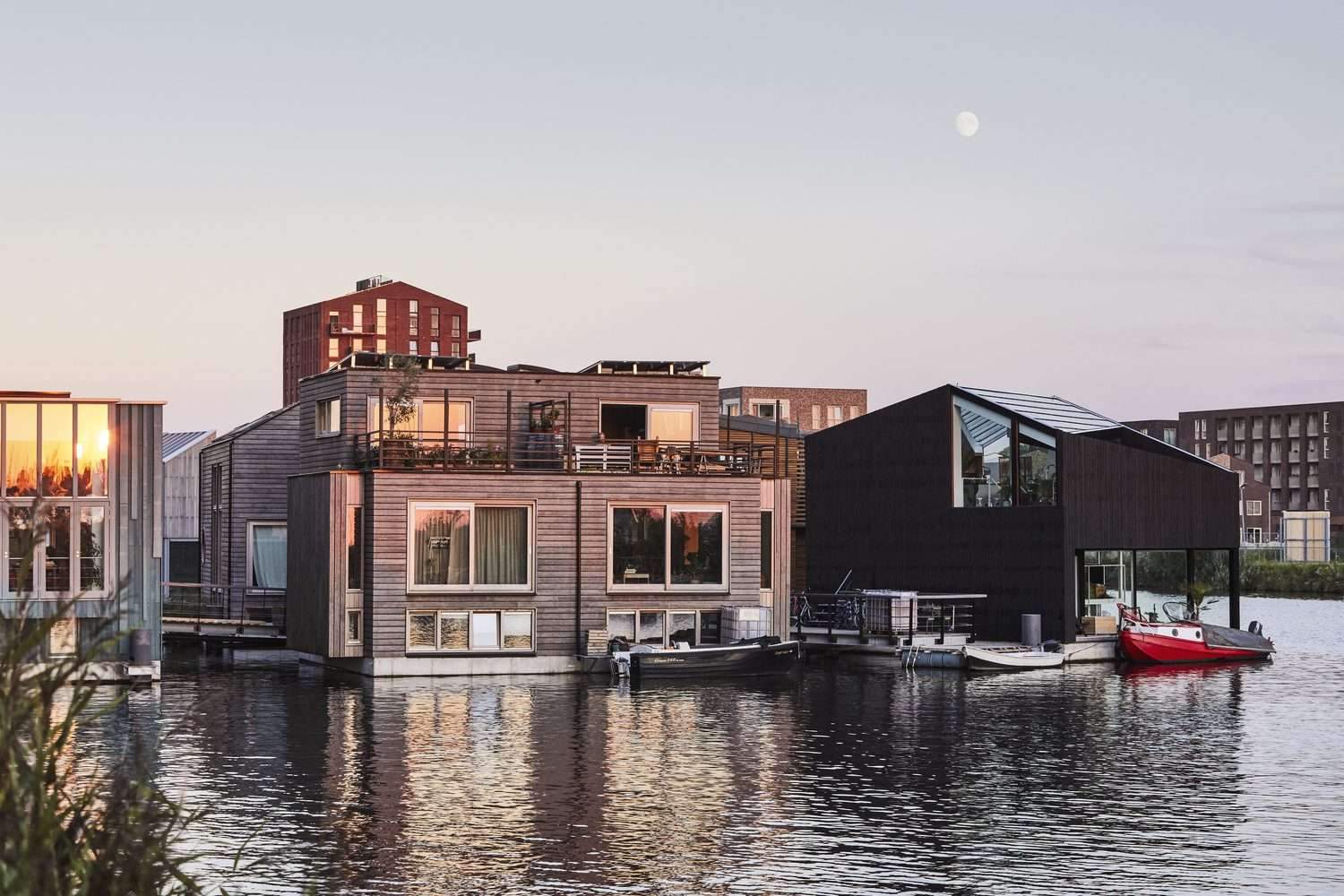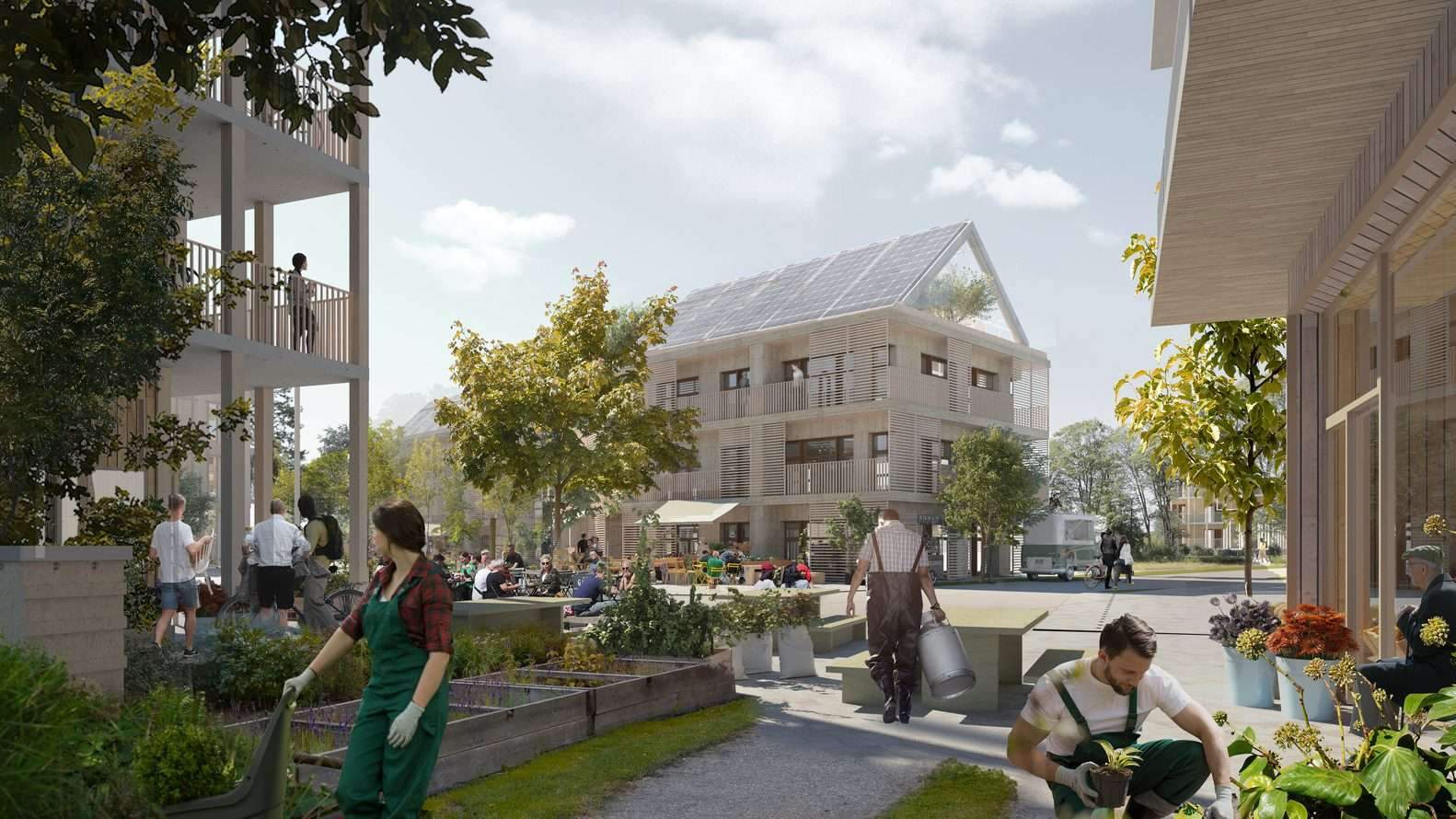Sustainability and community participation to achieve a circular economy in urban design,
When discussing the circular economy in relation to the architectural object,
through the lens of material recycling, design for decoding and physical passports,
the framework is often fully operationalized at the neighborhood and city scale.
Whether it is visions of circular societies that hint at a certain level of self-sufficiency,
or policies instituted by cities, urban-scale projects represent the guiding principles of a circular economy.
It explores the following, from strategies used in circular urban environments,
from architecture and building materials to energy production, waste management and food production.

Sustainability and community participation to achieve a circular economy in urban design
As well as the processes that governs these designs, providing insight into the conditions that teach rotation.
The circular economy is usually reduced to 3Rs – ,
which stands for reduce – reuse – recycle, the concept is more complex.
It presents multiple implications that include paradigm shifts in how urban environments are designed.
Cities are resource consuming centers and major emitter of greenhouse gases,
as the dominant economic model is linear, translating into raw materials that are mined to make components.
Which are subsequently used and eventually end up as waste at the end of their life cycle.
The demand for raw materials is expected to double by 2050,
as urban communities are central to the development of circular economy models, and it is necessary to analyze the urban structure as a whole.
In 2020, the European Union published its Circulating Economy Action Plan,
one of the critical components of implementing the Green New Deal.
The strategy includes designing sustainable products,
minimizing waste and creating an EU market for secondary materials, among other steps.
The plan specifies the possible introduction of recycled content requirements for certain building products,
an important paradigm shift for building codes for the construction sector.
In addition, the European Union is seeking to promote initiatives to reduce soil infiltration and rehabilitate abandoned or polluted brown fields.

Sustainability and community participation to achieve a circular economy in urban design
Cities are also already leading efforts to combat climate change and lay the foundation for a circular economy,
offering various opportunities to mitigate the effects of climate change.
Developing circular economy strategies requires establishing a comprehensive understanding of how the city manages its resources and what its waste patterns are,
and engaging private stakeholders in becoming partners in a new local economic framework.
Prague has pioneered the establishment of a local circular economy. In 2019, the city,
together with Amsterdam-based Circle Economy, analyzed local material flows and carbon emissions.
This is in relation to the local economy to identify key industries where circular economy practices can be introduced.
The resulting business plan has been translated into creating a network of reuse points that address discarded items such as appliances and furniture.
It also collects household food waste which is converted into biogas and implements circular agricultural principles on farmland around the city.
This is in addition to the policies regulating resources, products and waste management,
at the urban planning level, there is a strong focus on self-sufficiency in terms of energy and food production,
as well as a growing concern with community participation.
Amsterdam-based Space & Matter has successfully implemented circular economy principles at the neighborhood level, leveraging participatory processes.

Sustainability and community participation to achieve a circular economy in urban design
In pursuit of future-proof urban environments,
the architecture firm has also set up a project development firm that will enable the co-creation process that includes citizens and end-users.
As for this practice, involving people in the design and management of their communities is one of the key steps in developing a circular economy.


 العربية
العربية
Pingback: Sustainability in Architecture